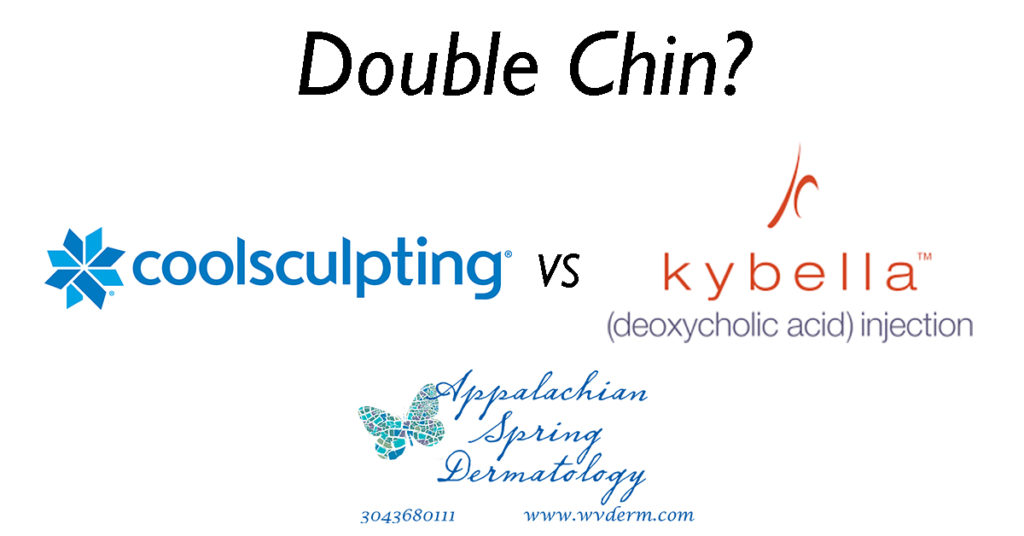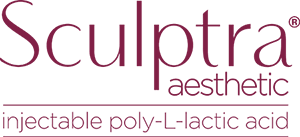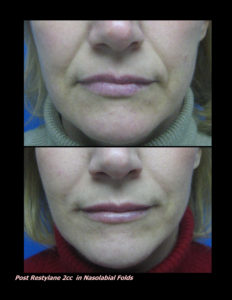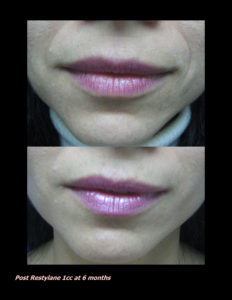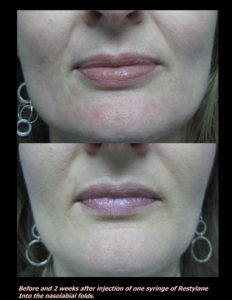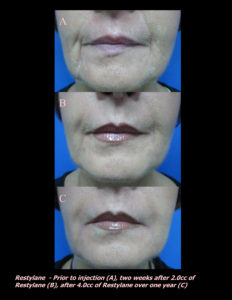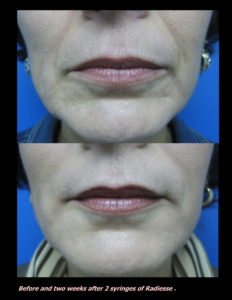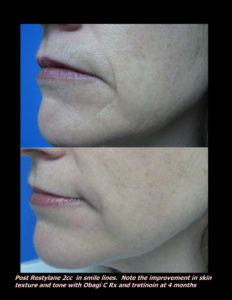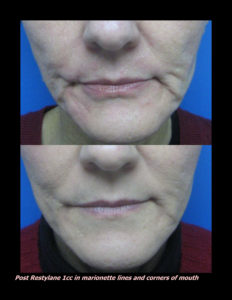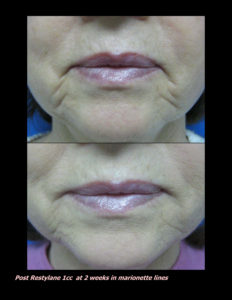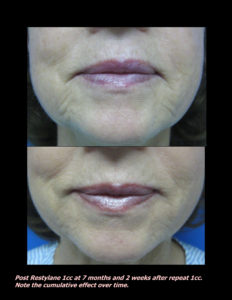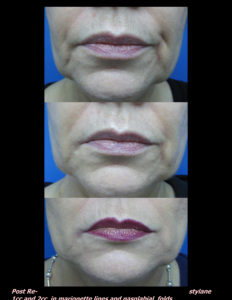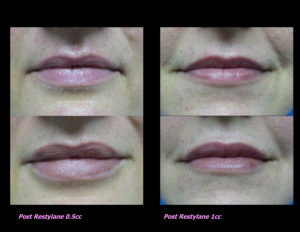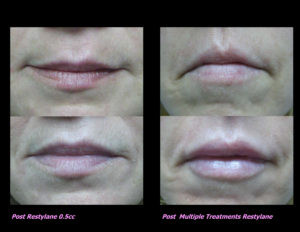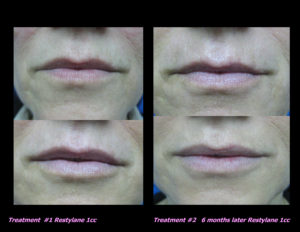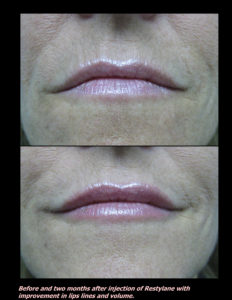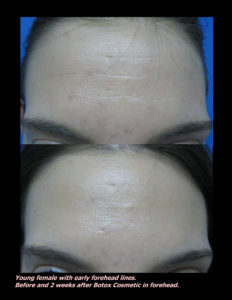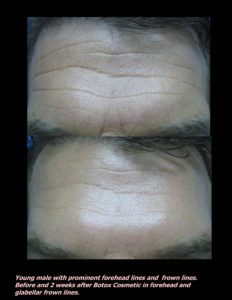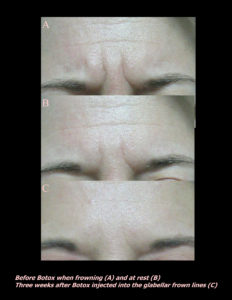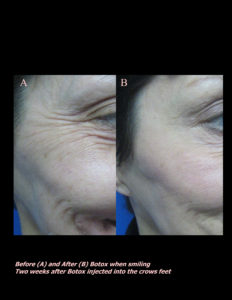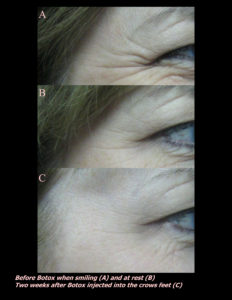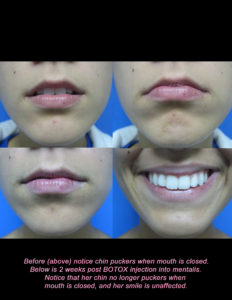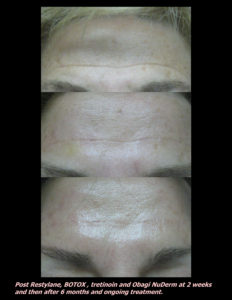 Ever been overwhelmed at the store when trying to quickly pick up a sunscreen before heading out to the pool, beach or sporting event? Then, you arrive at the store and the choices are overwhelming.
Ever been overwhelmed at the store when trying to quickly pick up a sunscreen before heading out to the pool, beach or sporting event? Then, you arrive at the store and the choices are overwhelming.
So, how does a dermatologist pick a sunscreen??
#1 TURN IT OVER – Turn the tube or bottle over and look at the back. Check out the active ingredients. This is the VERY MOST important step. I like sunscreens with just physical blocking, non-chemical sunscreens, zinc oxide and titanium oxide as active ingredients. Zinc and titanium are the safest, most thorough and least irritating active ingredients. See the table below that demonstrates that only zinc provides the most thorough protection across the UV spectrum. BUT WAIT!!! No, you won’t have a pasty white lifeguard nose. They now make the particles much smaller so these blend in with the skin much better.
#2 LOOK FOR WATER RESISTANCE – In most of the situations where we need sunscreen, water resistance is essential. The sunscreen should be labeled “Water resistant – XX minutes”. In most cases Water Resistant = 40 minutes and Very Water Resistant = 80 minutes.
#3 WHAT ABOUT SPF? SPF measures the length of time a product protects against skin reddening from UVB, compared to how long the skin takes to redden without protection. If it takes 20 minutes of exposure without protection to induce reddening, using an SPF 15 sunscreen theoretically prevents reddening 15 times longer – about 5 hours (15×20 minutes=300/60=5 hours). Considering that the SPF is developed using a whole ounce to the entire body, most everyone does not apply enough sunscreen and does not get the full SPF suggested on the label. While SPF is the universal measurement of UVB protection, no comparable standard exists for UVA. Also, independent of the SPF, you still have to reapply up to every 40-80 minutes dependent on water resistance. If not in water, the recommendation generally is to reapply every 2 hours when in direct sun.
[shareable cite=”Dr. Santmyire-Rosenberger” text=”SKIP THE SPF, check the active ingredients and water resistance..” width=”75″]SKIP THE SPF, check the active ingredients and water resistance..[/shareable]
MY FAVORITES for 2015
For the face: Fallene SPF 58 and ZO Skin Health Sunscreen + Primer. Both of these are available in our office. I wear one of these on my face and neck EVERY DAY!
Chemical Free for the Body: Cerave Face and Body SPF 50, Neutrogena Pure & free Baby, Aveeno Baby Natural Protection. These are the ones I found on a recent trip to our local Walmart.
Spray Sunscreens WITH Chemicals: In hard to treat areas like the scalp and ears, a spray is better than nothing at all. Make sure you rub it in after spraying. Make sure these say “Broad Spectrum”. Neutrogena Fresh Cooling Body Mist Sunscreen and Neutrogena wet skin
A wide brimmed hat and protective clothing are also great. I recommend the Coolibar website (www.coolibar.com) for protective clothing. Look for the Skin Cancer Foundation Seal of Approval on Sun Protection Products (www.skincancer.org).Protect the eye area further by wearing sunglasses that block 100% of UVA and UVB.
FOR MORE DETAILS… See our page about sunscreen under the Patient Education Tab.
Sunscreen Tips 2015
TO RECEIVE MORE LIKE THIS IN YOUR EMAIL INBOX….
[offer-box href=”http://www.wvderm.com/subscribe-to-our-site/” linktext=”To Receive More Like This SUBSCRIBE TO OUR SITE” securecheckout=”false”]





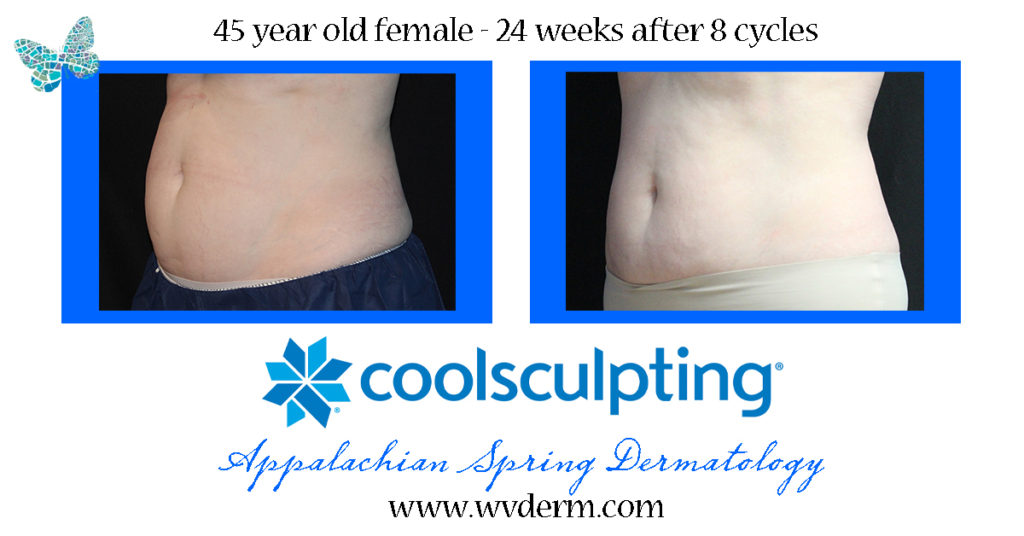
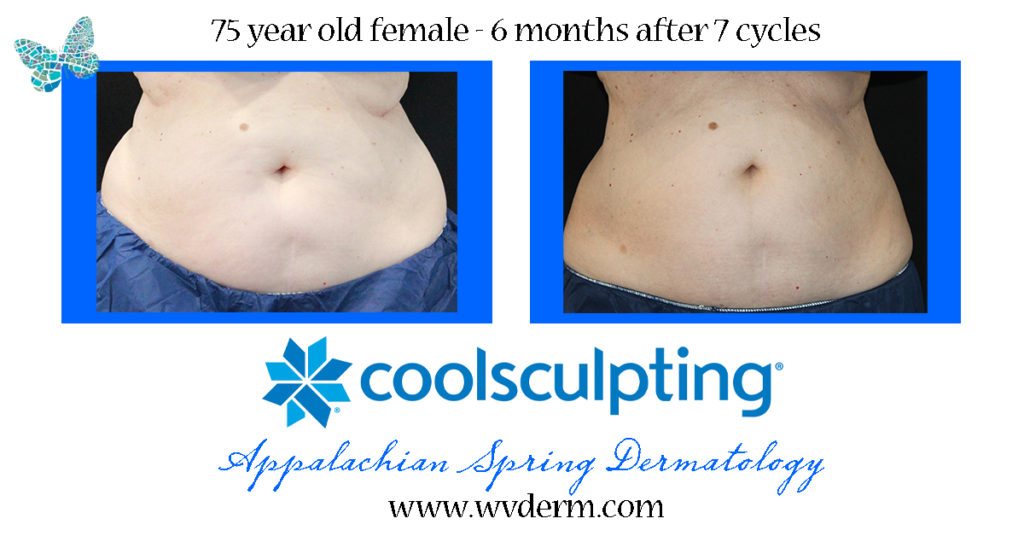

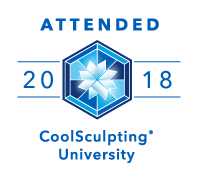
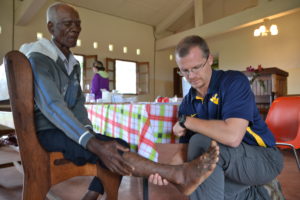


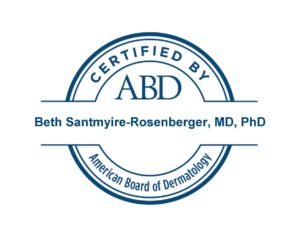

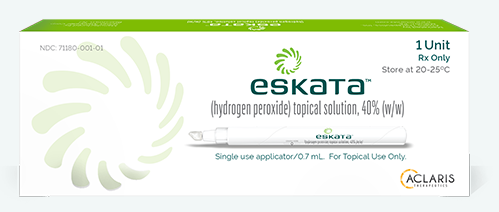

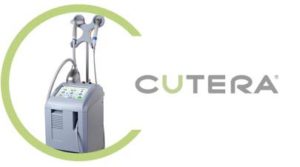 Laser Vein Reduction Treatments
Laser Vein Reduction Treatments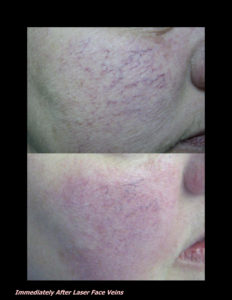
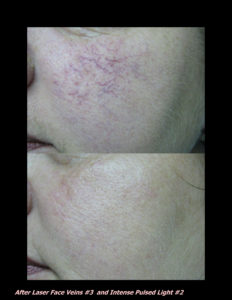
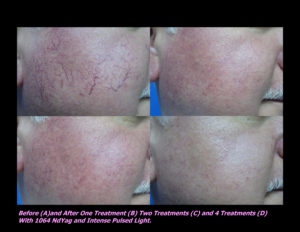
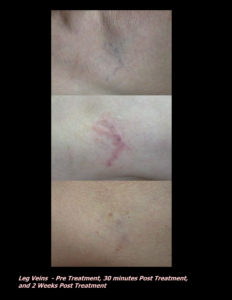
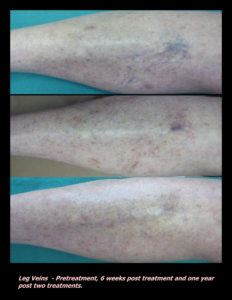
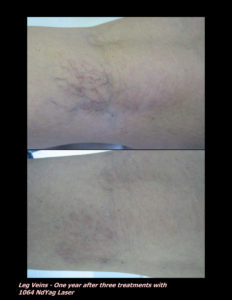
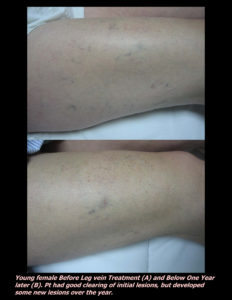
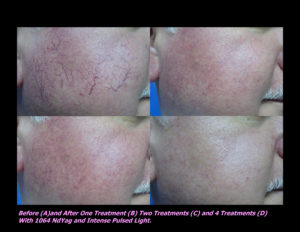
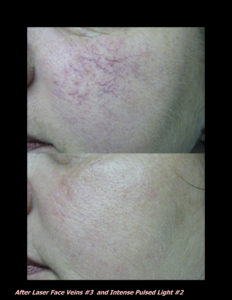
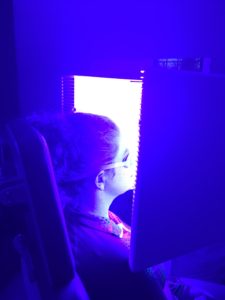
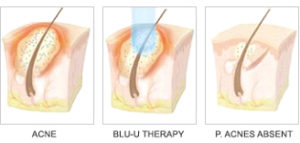
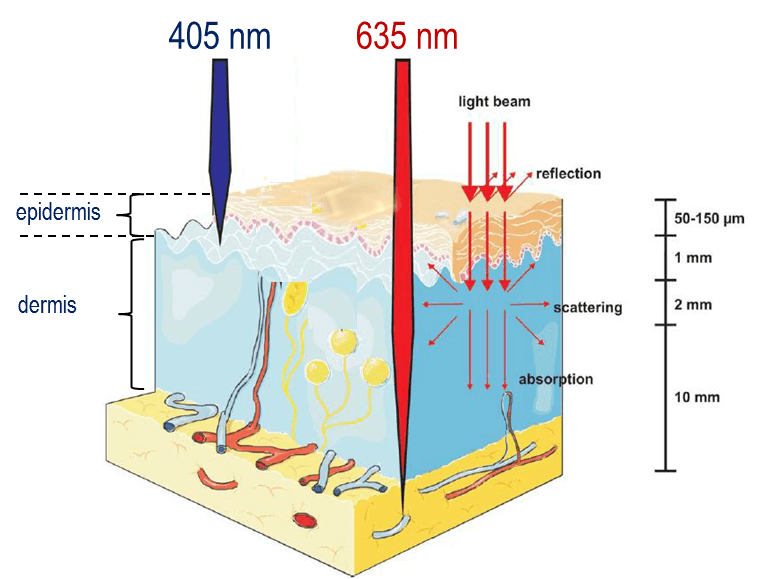
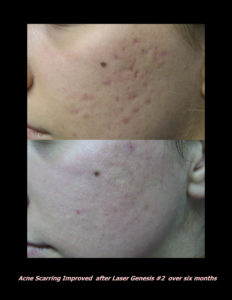
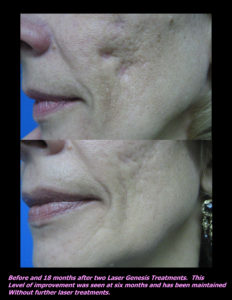


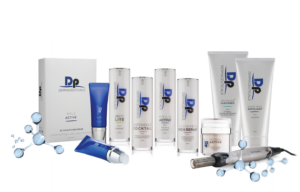 DP Dermaceutical Products
DP Dermaceutical Products